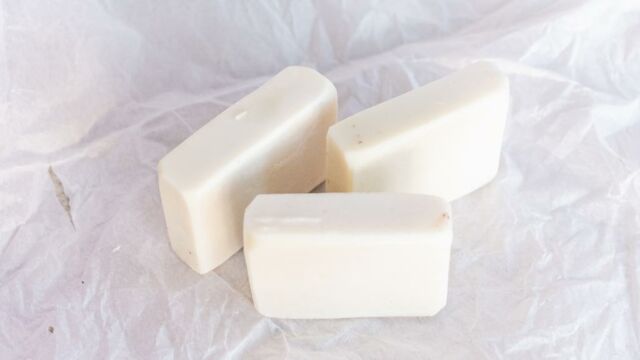Shea butter is fat that’s extracted from the nuts of the shea tree. It’s solid at warm temperatures and has an off-white or ivory color. Shea butter has been used as a cosmetic ingredient for centuries. Its high concentration of vitamins and fatty acids—combined with its easy-to-spread consistency—make it a great product for smoothing, soothing, and conditioning your skin.
Discover our latest podcast
It’s safe for all skin types
Shea butter is technically a tree nut product. But unlike most tree nut products, it’s very low in the proteins that can trigger allergies.In fact, there’s no medical literature documenting an allergy to topical shea butter.
Shea butter doesn’t contain chemical irritants known to dry out skin, and it doesn’t clog pores. It’s appropriate for nearly any skin type.
Shea butter is typically used for its moisturizing effects. These benefits are tied to shea’s fatty acid content, including linoleic, oleic, stearic, and palmitic acids. When you apply shea topically, these oils are rapidly absorbed into your skin. They act as a 'refatting' agent, restoring lipids and rapidly creating moisture.
This restores the barrier between your skin and the outside environment, holding moisture in and reducing your risk of dryness.
It won’t make your skin oily
Shea butter contains high levels of linoleic acid and oleic acid. These two acids balance each other out. That means shea butter is easy for your skin to fully absorb and won’t make your skin look oily after application.
The plant esters of shea butter have been found to have anti-inflammatory properties.
When applied to the skin, shea triggers cytokines and other inflammatory cells to slow their production. This may help minimize irritation caused by environmental factors, such as dry weather, as well as inflammatory skin conditions, such as eczema.
It’s an antioxidant
Shea butter has significant levels of vitamins A and E, which means it promotes strong antioxidant activity.
Antioxidants are important anti-aging agents. They protect your skin cells from free radicals that can lead to premature aging and dull-looking skin.















